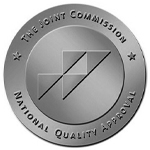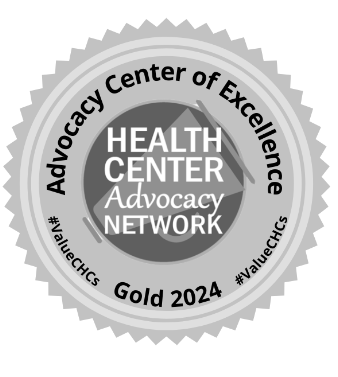(Do you have pre-diabetes? by Dr. Stephen Henderson, medical director and internal medicine physician at Keystone Internal Medicine, first appeared in the Public Opinion Newspaper in 2012.)
According to the American Diabetes Association, more than 25 million people in the United States have diabetes. Even more staggering is the number of people with pre-diabetes – one out of every three people older than 20. Millions of Americans are walking around with symptoms of pre-diabetes but aren’t taking preventive steps. So why should patients care about this epidemic and what measures can people take to prevent from developing diabetes?
Type 2 diabetes
Diabetes is a disease caused by high blood glucose, or sugar. Most of the food we eat is turned into glucose for energy. The pancreas, an organ near the stomach, produces a hormone called insulin to help glucose be used in cells of our bodies. When you have diabetes, your body doesn’t produce enough insulin or can’t use its own insulin very well, or both. Type 2 diabetes accounts for more than 90% of all cases. It develops from insulin resistance and usually associated with older age, obesity, and other risk factors. Diabetes is a major cause of heart disease and stroke and is the seventh leading cause of death in the U.S. It’s also the leading cause of kidney failure, lower limb amputations, and new cases of blindness among adults even though it’s a highly preventable disease.
Symptoms
Diabetes symptoms include excessive thirst, excessive urination, sudden vision changes, and fatigue. If you have these symptoms, your doctor might ask you take a blood glucose test to check for diabetes. Normal glucose level is less than 100. For pre-diabetes levels, the glucose level will measure between 100 and 125. Those with diabetes will have a level greater than 126.
Who’s at risk?
In Franklin County, more than 30% of the population is obese, the greatest indicator of developing type 2 diabetes. Those who are overweight, physically inactive, and those age 45 and older are at very high risk. African Americans are especially at high risk as well as Hispanic, American Indian, Asian American, and Pacific Islander. If you have a first-degree relative with diabetes or prior history of gestational diabetes you are also at increased risk.
Think you have a problem?
If you are suffering from excessive thirst, excessive urination, and fatigue, it’s important to see your primary care physician for evaluation. Many patients with diabetes can manage their disease by making simple lifestyle changes while others may need to take medications or insulin. Type 2 diabetes is closely linked with obesity so weight loss and exercise is the key to prevention and management. Type 2 diabetes can severely affect vision, kidneys, and nerves leading to other health problems such as retinopathy, kidney failure, and amputations. The sooner you seek treatment for this condition, the better. To learn more about type 2 diabetes, visit www.diabetes.org.
Dr. Stephen Henderson is a board certified Internal Medicine physician and the medical director of Keystone Internal Medicine in at the Cochran Professional Center, 830 Fifth Avenue in Chambersburg.




